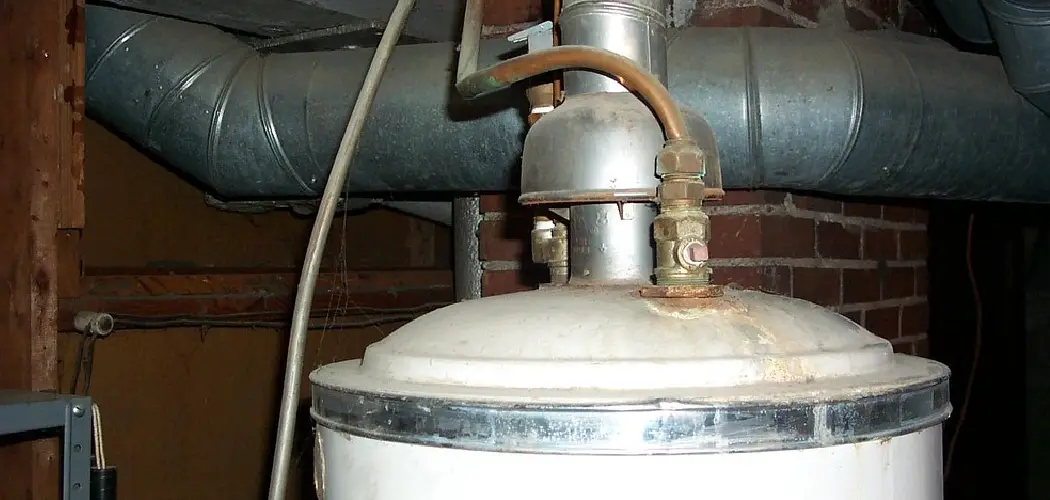Gas water heaters are an essential home appliance used for heating and storing hot water. They use natural gas or propane as a fuel source to heat the water, making them more energy-efficient compared to electric water heaters. However, like any other household appliance, they require regular maintenance and upkeep to function correctly.
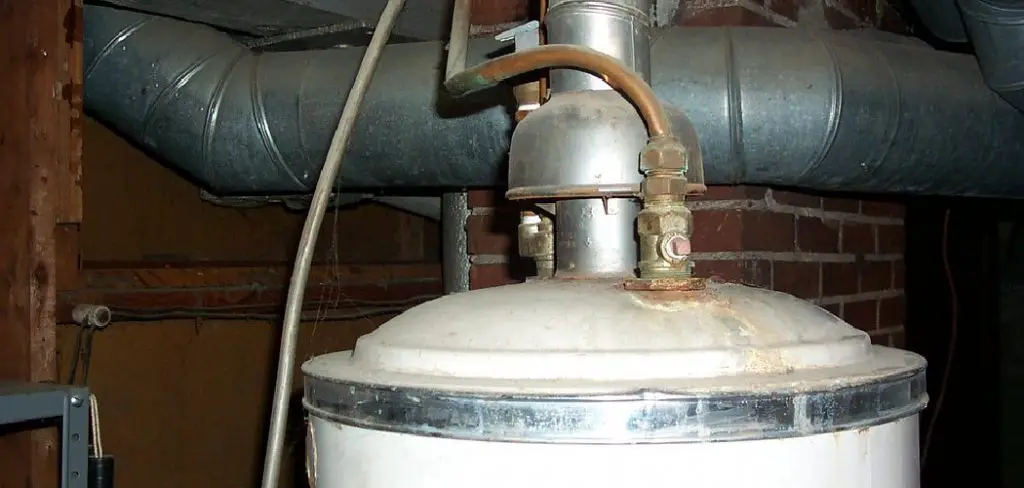
One crucial aspect of maintaining your gas water heater is venting. Proper venting ensures the safe and efficient operation of your water heater, preventing harmful gases from building up inside your home. In this guide on how to vent gas water heater, we will discuss the different types of venting systems, their installation process, and some safety tips to keep in mind.
Why is Venting Important?
Venting is essential for gas water heaters because it allows for the proper discharge of combustion byproducts like carbon monoxide and methane. These gases are toxic and can be dangerous if not properly vented outside. Improper ventilation can also cause damage to your water heater, leading to reduced efficiency and potential malfunctions.
Moreover, proper venting prevents backdrafts, which is when exhaust gases from the water heater flow back into your home instead of being released outside. Backdrafts can cause carbon monoxide poisoning and other health hazards.
Necessary Items for Venting Gas Water Heater
Before you begin venting your gas water heater, make sure you have the following items:
- Vent Pipes: These are long tubes used to direct exhaust gases from the water heater to the outside.
- Elbows and Connectors: These help connect the vent pipes together and direct them towards an exterior wall.
- Roof Flashings or Wall Caps: These are installed at the end of the vent pipes to prevent water from entering your home.
- Vent Collars: These are used to connect the vent pipes to the top of your water heater.
8 Things to Know Before You Start
1) Location of Your Water Heater
Before you start venting, make sure to locate your gas water heater. It is usually installed in the basement or garage and can be easily identified by the large tank that holds hot water. Also, make sure there is enough space around the water heater to allow for proper venting.
2) Type of Venting System
There are three main types of venting systems for gas water heaters: Atmospheric, Power, and Direct Vent. Each type has its unique requirements for installation and maintenance. Make sure you know which type your water heater uses before starting the venting process.
3) Local Building Codes
It is crucial to check your local building codes before venting your gas water heater. Some regions may have specific requirements for the type of materials and installation methods allowed for venting. Failure to comply with these codes can result in unsafe conditions and may even lead to fines or penalties.
4) Size of Vent Pipes
The size of the vent pipes you need will depend on your water heater’s size and BTU (British Thermal Unit) rating. It is essential to use the correct pipe size as recommended by the manufacturer for efficient venting.
5) Proper Slope
Vent pipes should be installed with a slight slope towards the outside to allow for proper drainage of condensation. A slope of 1/4 inch per foot is recommended to prevent water from collecting in the pipes, which can cause corrosion and blockages.
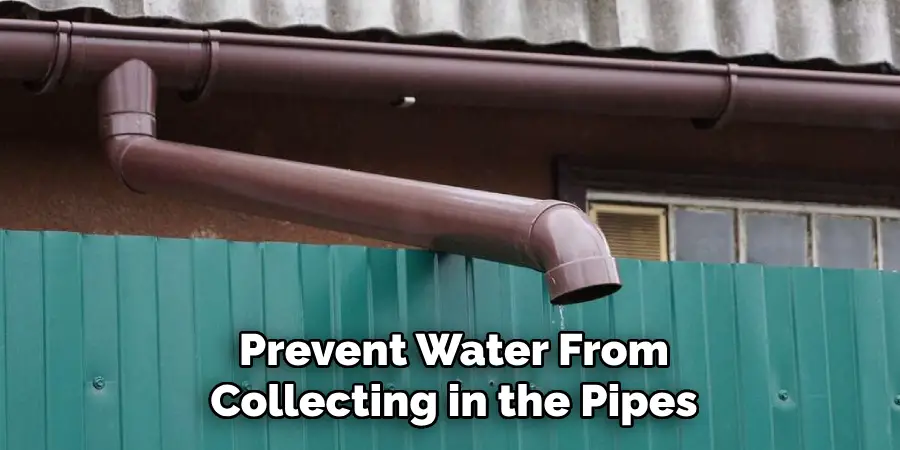
6) Clearances
Gas water heaters require specific clearances around them for safe operation and maintenance. Make sure to follow the manufacturer’s instructions for clearance distances between the water heater and any combustible materials. This includes walls, floors, and ceilings.
7) Inspections
It is essential to have your gas water heater inspected regularly by a licensed professional. They can check for any potential issues with the venting system and make necessary repairs or replacements. While it may seem like an added expense, regular inspections can save you money in the long run by preventing costly repairs or replacements.
8) Carbon Monoxide Detectors
As an added safety measure, it is crucial to have carbon monoxide detectors installed near your gas water heater and throughout your home. These devices will sound an alarm if they detect elevated levels of carbon monoxide, giving you and your family time to evacuate safely.
Proper venting is crucial for the safe and efficient operation of your gas water heater. By following these steps and tips, you can ensure that your venting system is installed correctly, reducing the risk of backdrafts and harmful gases inside your home. Remember to consult with a professional if you have any doubts or concerns about your venting system.
12 Steps on How to Vent Gas Water Heater
Step 1: Gather Materials
Before you begin the venting process, ensure you have all the materials listed above. Also, ensure that you have proper safety equipment, such as gloves and eye protection. As an added precaution, turn off the gas supply to your water heater before starting.
Step 2: Remove Old Venting System
If you are replacing an old venting system, start by removing it completely. This will allow for a clean installation and prevent any issues with compatibility or clearance distances. Remember to dispose of old materials safely.
Step 3: Determine Vent Pipe Placement
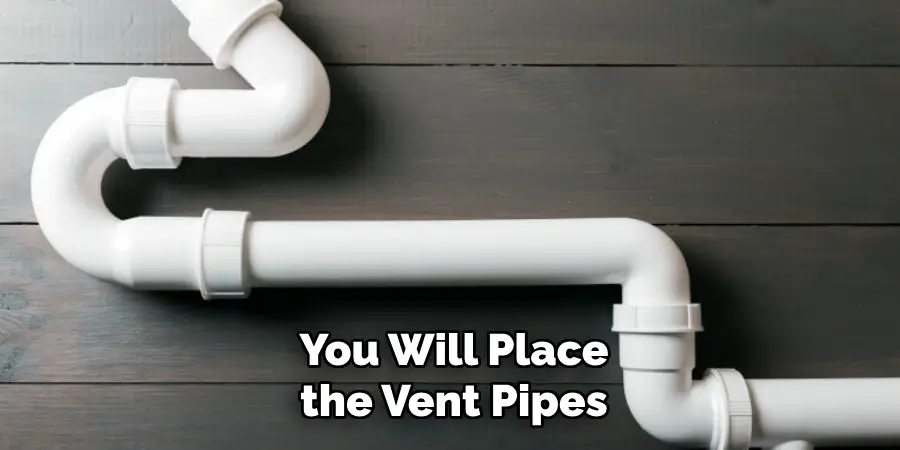
Based on your water heater’s location and type, determine where you will place the vent pipes. You may need to use elbows and connectors to guide the pipes toward an exterior wall. Make sure to leave enough space for proper clearance distances as recommended by the manufacturer.
Step 4: Install Vent Collar
Position the vent collar on top of your water heater and secure it in place. This will serve as the connection point between the water heater and the vent pipes. But before connecting the pipes, make sure they are cut to the correct length and have a slight slope towards the outside.
Step 5: Connect Vent Pipes
Using elbows and connectors, connect the vent pipes together following your planned placement. Make sure all connections are secure to prevent any leaks or backdrafts. While some vent pipes may come with pre-cut holes for connectors, you may need to drill your own if necessary.
Step 6: Secure Vent Pipes
Once the pipes are connected, secure them in place using pipe straps or hangers. Make sure they are evenly spaced and level to prevent sagging or blockages. And remember to position any roof flashings or wall caps at the end of the pipes to prevent water from entering your home.
Step 7: Check for Proper Slope
Before proceeding, double-check that all vent pipes have a slight slope towards the outside. This will ensure proper drainage of condensation and prevent any corrosion or blockages in the pipes. Even a small amount of standing water can hinder the efficiency of your venting system.
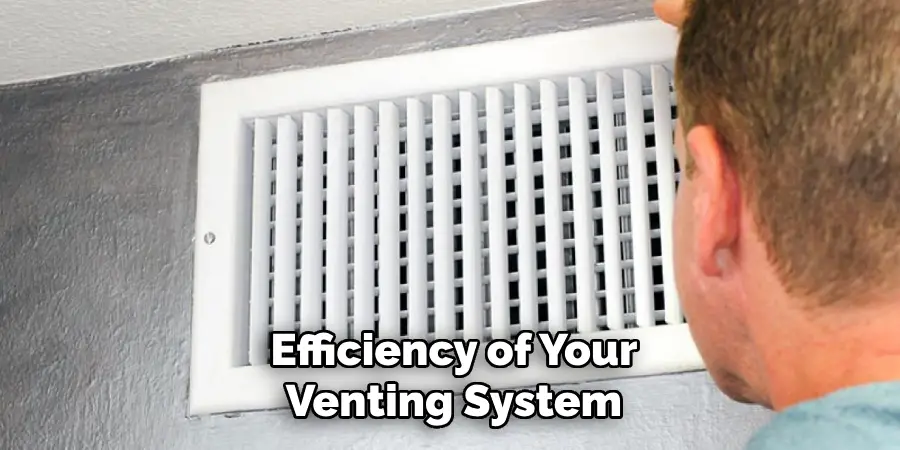
Step 8: Install Vent Termination
The vent termination is the final piece that connects the vent pipes to the outside. Depending on your type of venting system, this may be a cap or hood with a screen to prevent debris from entering. It is essential to follow the manufacturer’s instructions for proper installation.
Step 9: Seal Joints
Using high-temperature silicone caulk, seal all joints and connections in the venting system. This will prevent any leaks or backdrafts that can compromise the safety and efficiency of your water heater. And remember to wait for the caulk to dry completely before turning on your water heater.
Step 10: Test for Proper Venting
Once the venting system is installed, turn on your gas water heater and let it run for a few minutes. Then, using a match or candle, check if the flames in the burner are being pulled into the flue pipe. This indicates proper venting.
Step 11: Check for Leaks
While your water heater is running, check all joints and connections for any signs of leaks. If you notice any, immediately turn off the water heater and consult with a professional to fix the issue. While leaks may seem minor, they can quickly lead to dangerous situations.
Step 12: Schedule Regular Inspections
To ensure the continued safe and efficient operation of your gas water heater, schedule regular inspections with a licensed professional. They can check for any potential issues with your venting system and make necessary repairs or replacements.
By following these steps and tips on how to vent gas water heater, you can confidently install and maintain your gas water heater’s venting system. Remember to consult with a professional if you have any doubts or concerns, as the safety of your home and family should always be a top priority. So, take the necessary steps to properly vent your gas water heater today!
8 Things to Avoid While Venting Your Gas Water Heater
1) Improper Clearance Distances
It is crucial to follow the manufacturer’s recommended clearance distances for your venting system. These distances ensure safe operation and prevent any potential hazards.
2) Ignoring Local Building Codes
Always check with your local building codes before installing a gas water heater or its venting system. These codes may have specific requirements that you need to follow for safety and compliance.
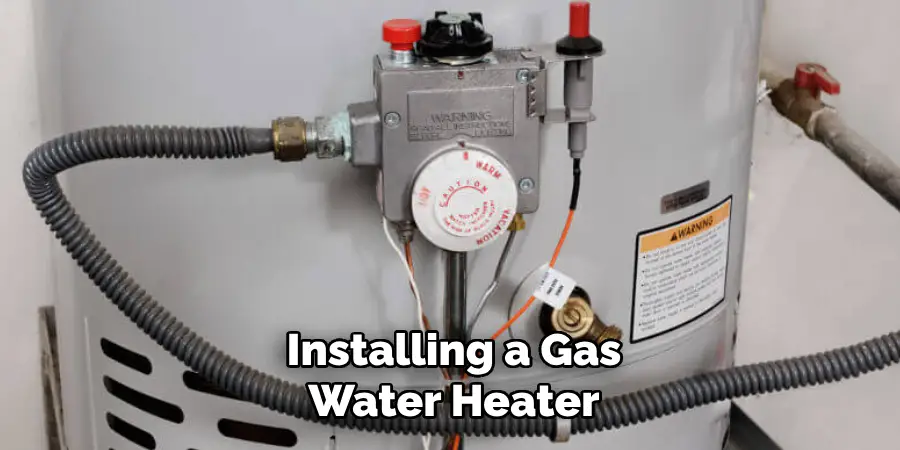
3) Using Damaged Materials
Do not use any damaged or corroded materials for your venting system. These can lead to leaks and backdrafts, compromising the safety of your home. So, always inspect your materials before installation.
4) Poor Slope for Drainage
A proper slope is essential to prevent standing water in the vent pipes. Make sure all pipes have a slight slope towards the outside for efficient drainage of condensation and prevention of corrosion because even a small amount of standing water can cause significant issues.
5) Not Securing Pipes Properly
Make sure to secure all vent pipes using pipe straps or hangers. This will prevent sagging and blockages that can affect the efficiency of your venting system. So, take the time to properly secure your pipes during installation.
6) Improper Vent Termination
Always follow the manufacturer’s instructions for installing the vent termination. This is the final piece that connects the vent pipes to the outside and prevents debris from entering. Improper installation can lead to blockages and unsafe operation.
7) Neglecting Regular Inspections
Regular inspections are crucial for maintaining the safety and efficiency of your gas water heater. Make sure to schedule these with a licensed professional to catch any potential issues early on and prevent costly repairs in the future.
8) Ignoring Leaks
If you notice any leaks from your venting system, do not ignore them. Turn off your water heater and consult with a professional to fix the issue. Small leaks can quickly turn into major hazards, so always address them promptly.
Keep these things in mind while venting your gas water heater to ensure safe and efficient operation. Now, you are ready to enjoy hot water without any worries! So, go ahead and install a gas water heater with confidence, knowing that you have the knowledge to properly vent it.
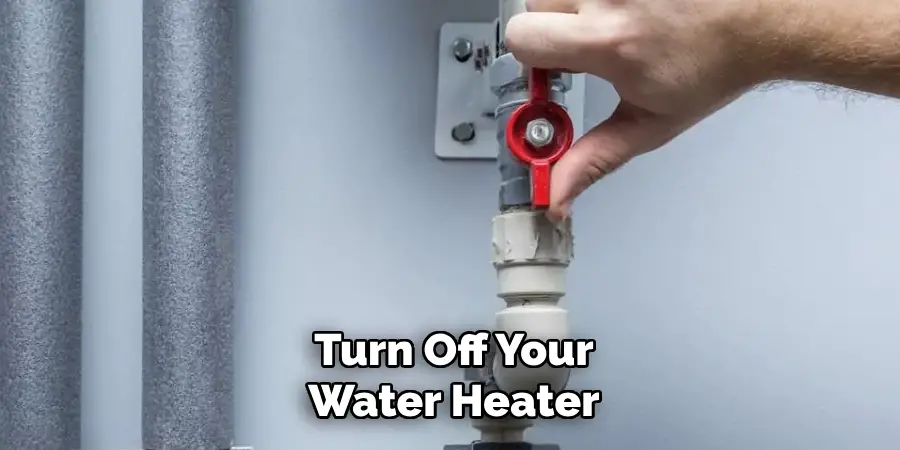
8 Additional Tips for Proper Venting
1) Consider a Professional Installation
If you are still deciding whether to install a gas water heater and its venting system, it is always best to hire a professional. They have the knowledge and expertise to ensure proper installation and safety compliance.
2) Use High-Quality Materials
Invest in high-quality materials for your venting system to prevent future issues and costly repairs. While it may be tempting to cut corners, the safety of your home and family should always come first.
3) Use Caulk for Sealing
High-temperature silicone caulk is ideal for sealing joints in your venting system. It can withstand the heat from your water heater and prevent any leaks or backdrafts. Remember to use it sparingly and let it dry completely before turning on your water heater.
4) Clean Your Vents Regularly
Over time, debris can accumulate in your vent pipes, causing blockages and affecting the efficiency of your system. Make sure to clean them regularly, especially if you notice a decrease in performance.
5) Be Aware of Venting Restrictions
Each type of venting system may have different restrictions, so make sure to follow the manufacturer’s instructions and any local codes. This will ensure proper ventilation and prevent any potential hazards.
6) Keep Combustibles Away
Keep all combustible materials, such as paper, cardboard, or chemicals, away from your venting system. These can catch fire if they come into contact with hot vent pipes or flue gases. Even nearby air vents can cause issues, so make sure to keep them clear as well.
7) Avoid Blocking Air Flow
Keep your vent pipes free from any obstructions, and do not block the air intake or exhaust vents of your water heater. This will prevent proper ventilation and affect the efficiency of your system. However, it is crucial to keep your vents clear of any debris or snow in the winter.
8) Inspect After Natural Events
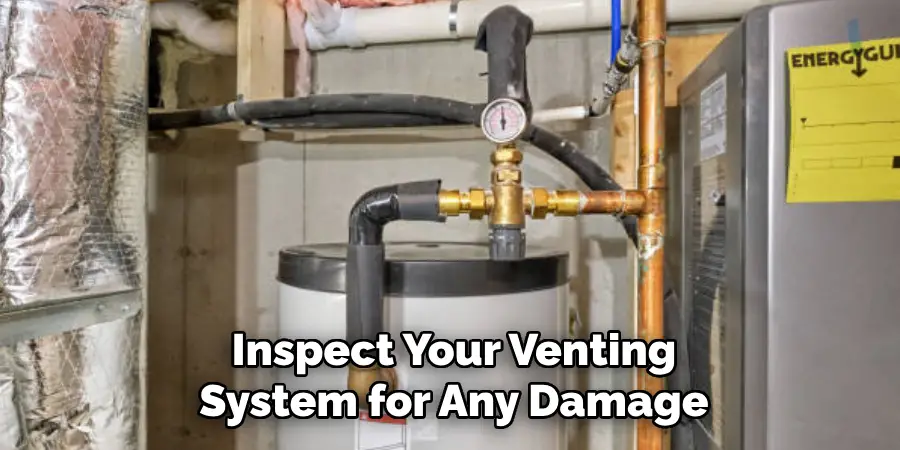
After a severe storm or earthquake, make sure to inspect your venting system for any damage. These events can cause issues with your system and compromise its safety. So, take the time to check for any potential damage and address it promptly.
Following these additional tips on how to vent gas water heater can help you maintain a safe and efficient venting system for your gas water heater. Remember, it is always better to be proactive rather than reactive when it comes to the safety of your home and family. So, make sure to take the necessary precautions and consult with a professional whenever needed.
Frequently Asked Questions
Can I Use PVC Pipes to Vent My Gas Water Heater?
It depends on the manufacturer’s specifications and local building codes. Some models may allow PVC pipes, while others may require specific materials. Always refer to the instructions and consult with a professional before making any changes.
What is the Ideal Location for My Vent Termination?
The vent termination should be at least 12 inches above ground level and away from any openings, such as windows or doors. It should also not face towards a neighboring property to avoid any potential hazards.
How Often Should I Inspect My Gas Water Heater’s Venting System?
It is recommended to have a professional inspect your venting system annually. However, you should also perform regular visual inspections and address any issues promptly. Remember, early detection can prevent major problems in the future.
Is There Anything I Should Avoid When Venting My Gas Water Heater?
Avoid using materials that are not approved by the manufacturer or local building codes. Also, do not use duct tape or other adhesives to secure joints, as they can deteriorate over time and cause leaks. Follow the instructions carefully for the best results.
What Should I Do if I Smell Gas Near My Water Heater?
If you smell gas near your water heater, turn off the gas supply immediately and leave the area. Contact your gas company and a professional plumber to inspect your system and address any potential issues. Do not attempt to fix it yourself. Safety should always be a top priority when dealing with gas appliances.
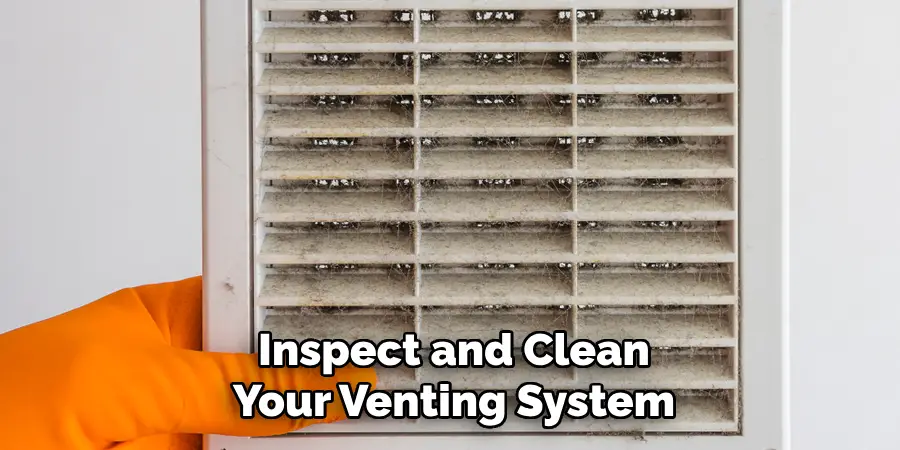
Final Thoughts
Proper venting is crucial for the safe and efficient operation of your gas water heater. Always follow the manufacturer’s instructions and consult with a professional if you need clarification on any aspect of the installation or maintenance process.
By taking the necessary precautions on how to vent gas water heater and being aware of potential hazards, you can enjoy hot water without any worries. Remember to regularly inspect and clean your venting system for optimal performance. So, go ahead and install that gas water heater with confidence!

